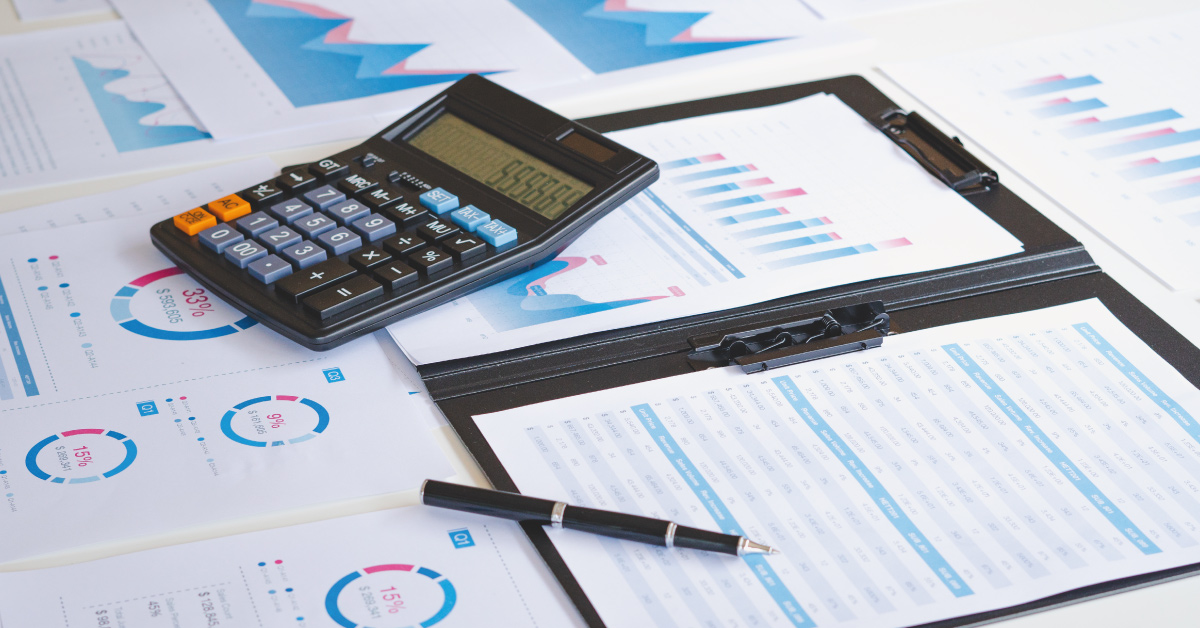For a more updated article on this topic, please check here.
Antonia Klatt
Last Updated on 29 October 2020The VAT reverse charge procedure is becoming increasingly important, not the least because of the booming online trade. Through laws and new regulations, the EU is now trying to make the market as fair as possible for all players. For instance, various VAT reverse charge mechanisms have been introduced. Here we introduce you to the VAT Reverse Charge thresholds and more.

Procedure of the VAT reverse charge mechanism
Normally, the service provider is liable for VAT. He then pays this to the tax office. If the service recipient is now based i another EU country, a “reverse charge” is incurred. This makes the service recipient the debtor of the VAT.
As long as an entrepreneur achieves his turnover exclusively in country A, there should be no problems with VAT. If the enterprise expands however further and begins also to obtain conversions abroad, some points must be considered.
When sending an invoice from Italy to France for example, the reverse charge mechanism applies and the recipient, so the person in France, is liable for VAT. This is no big deal, as it can be claimed back as input tax but the person in Italy:
- Does not have to collect VAT
- Has to mention the reverse-charge mechanism on the invoice
More articles about Reverse-Charge
No content has been found here, sorry 🙂Reverse-Charge VAT and delivery tresholds
Each state has a fixed delivery threshold. If this threshold is exceeded, the service provider must register for tax in the recipient country. This registration means that the entrepreneur must now fulfil his tax obligations in another state.

Book a free consultation
Our VAT experts are happy to help you. Book a free consultation today!
Before the entrepreneur exceeds the delivery thresholds, he does not show any VAT on the invoice if he delivers abroad. By abroad, I mean to another EU country. It must be noted on the invoice that the recipient of the service must observe the VAT regulations of his country. As soon as the entrepreneur exceeds the delivery threshold of the respective country, however, he shows the VAT and pays it to the tax office, as mentioned above. Why? Because when registering for VAT in a country (in this case because of reaching the threshold) always leads to VAT duties in the country of registration.
When a German trader sells goods, for example to Portugal, he must take the delivery threshold into account. In Portugal, this is € 35,000. If this threshold is exceeded, the entrepreneur must register with the tax office in Portugal and now pay his VAT in Portugal.
Risks for entrepreneurs
Entrepreneurs must therefore always keep an eye on their sales in the respective countries. If these regulations are disregarded, this can result in high penalties. Often, however, entrepreneurs do not have the time to deal with tax regulations.
They work on their companies. As a rule, these tasks are outsourced to a tax consultant. But as the company grows, this can quickly become expensive.
Tax consultants are often very cost-intensive and it is becoming increasingly difficult to find someone who can provide competent advice in these areas. The perfect alternative in this case is hellotax. hellotax takes over the tasks of the tax consultant in all EU coutnries. The essential differences to the tax consultant are that the hellotax solutions aim to automate all VAT duties in an cost-effective way.
The VAT software can create VAT advance returns and other documents for the respective authorities, handle registrations, monitor delivery thresholds, automate communication with authorities and much more.
More info on the EU rules here.
What should be considered by foreign traders
If a foreign trader wants to sell his goods in the EU, there are a number of things he must take into account. If he disregards these regulations, this usually entails very high penalties. The worst consequence could be that the trader is no longer allowed to sell his goods in the EU.
As long as the delivery threshold is not exceeded in any country, the entrepreneur does not need to show VAT in his invoices. As already mentioned, this leads to a reverse charge mechanism mentioned in the accounting.
Now the service recipient becomes a tax debtor and must pay this to the tax office. As soon as the delivery thresholds are exceeded, it is important to register in the respective state. Afterwards the entrepreneur must prove the value added tax of the respective state in its calculations.
Summary
More and more often, American or Chinese traders are also selling their goods in the EU. Especially the Amazon FBA program is gaining more and more participants.
Whoever wants to become active here should inform himself very well in advance about the regulations that exist in the respective country and consult experts to ensure a smooth entry into the new market.



